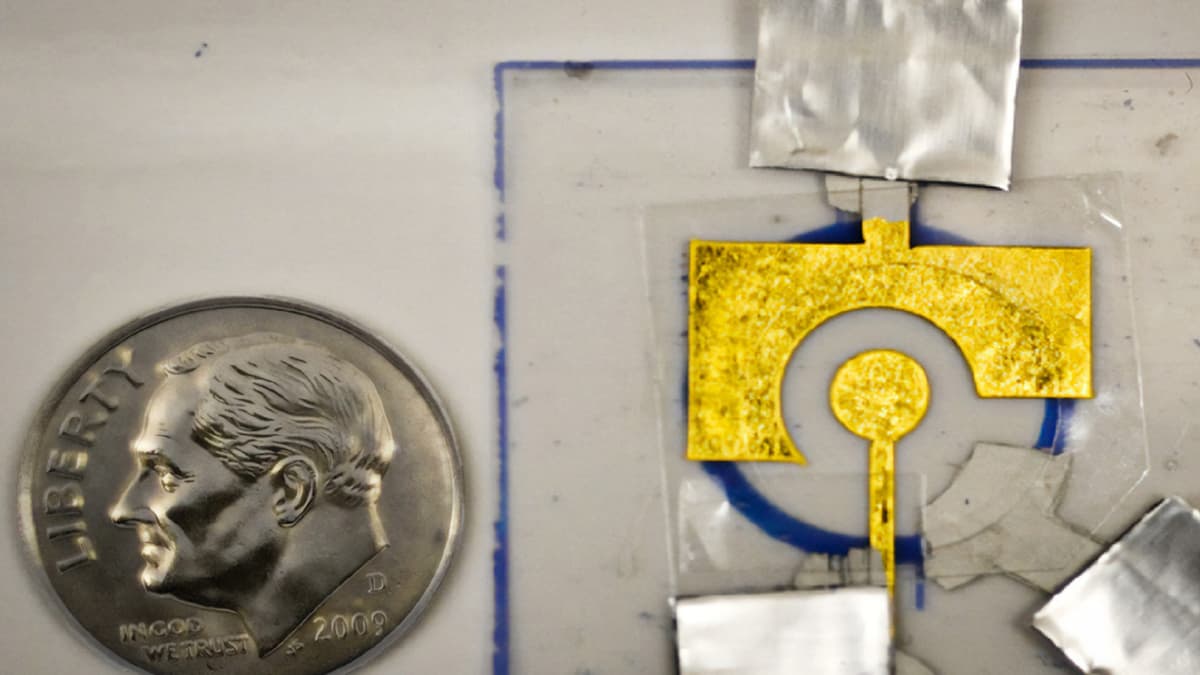MIT researchers have created a groundbreaking disposable DNA-based sensor capable of detecting diseases like cancer and HIV at home—at a cost of just 50 cents. The sensor is not only highly precise but also shelf-stable for weeks without refrigeration, making it ideal for use in remote or resource-limited settings.
The technology relies on electrochemical sensors that incorporate a DNA-chopping enzyme from the CRISPR gene-editing system. When the enzyme encounters a disease-related genetic target—such as a cancer-linked gene—it activates and begins cutting surrounding DNA strands attached to the sensor’s electrode. This disruption changes the electrical signal, signaling the presence of the disease.
Previously, the sensor’s DNA coating degraded quickly and required refrigeration, limiting its real-world utility. MIT’s team addressed this by using a simple polymer coating—polyvinyl alcohol (PVA)—to form a protective film over the DNA, keeping it stable for at least two months even at temperatures as high as 150°F.
After storage, the sensor successfully detected PCA3, a prostate cancer biomarker found in urine, without any loss in performance. The technology is also compatible with various sample types, including saliva and nasal swabs, and can be programmed to detect other infectious diseases such as HPV and HIV.
Built using a strip of gold leaf laminated onto plastic and coated with thiol-anchored DNA, the sensor connects to a handheld device called a potentiostat, which reads changes in electrical signals to confirm the presence of disease. When the Cas12 enzyme is activated by a specific genetic sequence, it chops up nearby DNA on the sensor, cutting the signal—much like a lawnmower trims grass.
This simple, low-cost platform could democratize access to diagnostics by allowing individuals to test for serious conditions at home without needing to visit a clinic. The research team is now working toward field testing and commercialization through MIT’s delta v startup accelerator, with the ultimate goal of bringing these sensors from the lab into everyday life.
By Impact Lab


